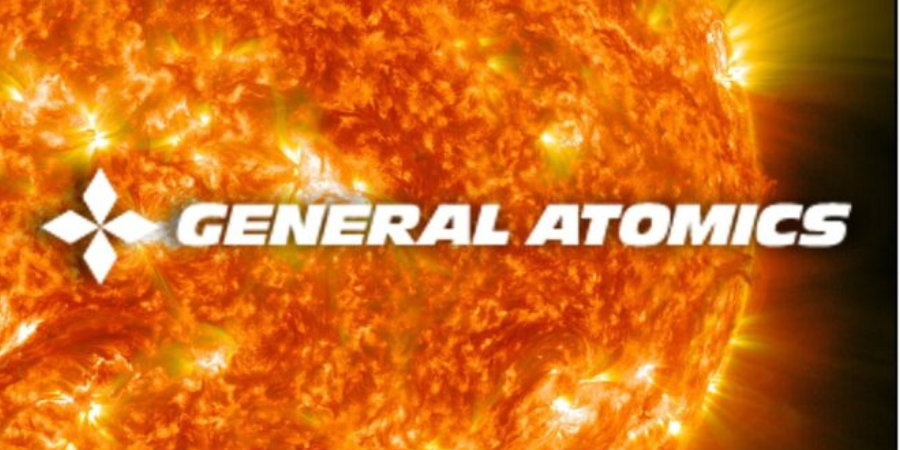 General Atomics has heat treated the seventh and final module for a large superconducting magnet for ITER, a multi-national science experiment, with a vacuum furnace from a heat treat furnace supplier in Pennsylvania.
General Atomics has heat treated the seventh and final module for a large superconducting magnet for ITER, a multi-national science experiment, with a vacuum furnace from a heat treat furnace supplier in Pennsylvania.

In order to convert the 6 km long stainless-steel-jacketed coil of Niobium-Tin conductors into superconductors for the ITER (International Thermonuclear Experimental Reactor) experiment, each of these 4-meter by 2-meter 110-ton solenoid sections had to be heat treated for five weeks, exceeding 650°C (1202°F) at its peak. The heat treatment served to alloy the Niobium and Tin strands together into Nb3Sn, which becomes a superconductor when chilled with liquid helium to 4 Kelvin.
No such heat-treating furnaces existed, so General Atomics turned to SECO/VACUUM, a SECO/WARWICK Group company in Meadville, PA, to build a heat-treating furnace large enough to fit these solenoids and packed with all the technology needed to meet the strict quality control standards of this experiment.

Managing Director
SECO/VACUUM TECHNOLOGIES, USA
Source: secowarwick.com
"SECO/WARWICK Group did a great job designing in backup systems and robust design," commented Nikolai Norausky, program manager at General Atomics. "Any time we had questions or needed maintenance they were there to help."
The vacuum furnace that the supplier provided had to perform multiple tasks, including to bake off residual impurities from coil fabrication and to anneal internal stresses introduced at different stages of part fabrication. “General Atomics put so much time and money into these coils we really didn’t have any room for error," added Peter Zawistowski, managing director of SECO/VACUUM, "so nearly every component had to be doubly redundant."
Explore the experiment in Heat Treat Today original content article.
 Find heat treating products and services when you search on Heat Treat Buyers Guide.com
Find heat treating products and services when you search on Heat Treat Buyers Guide.com






